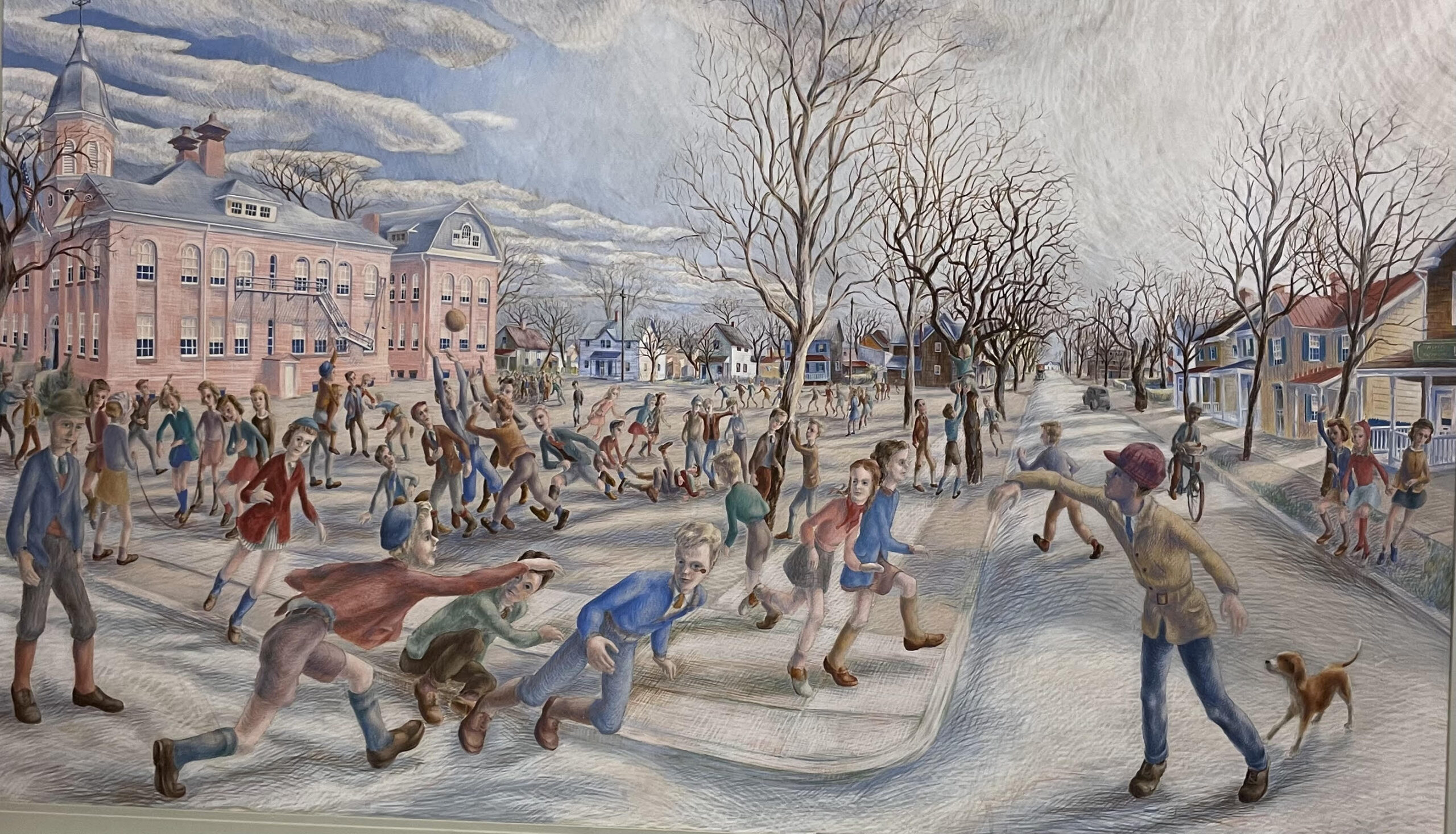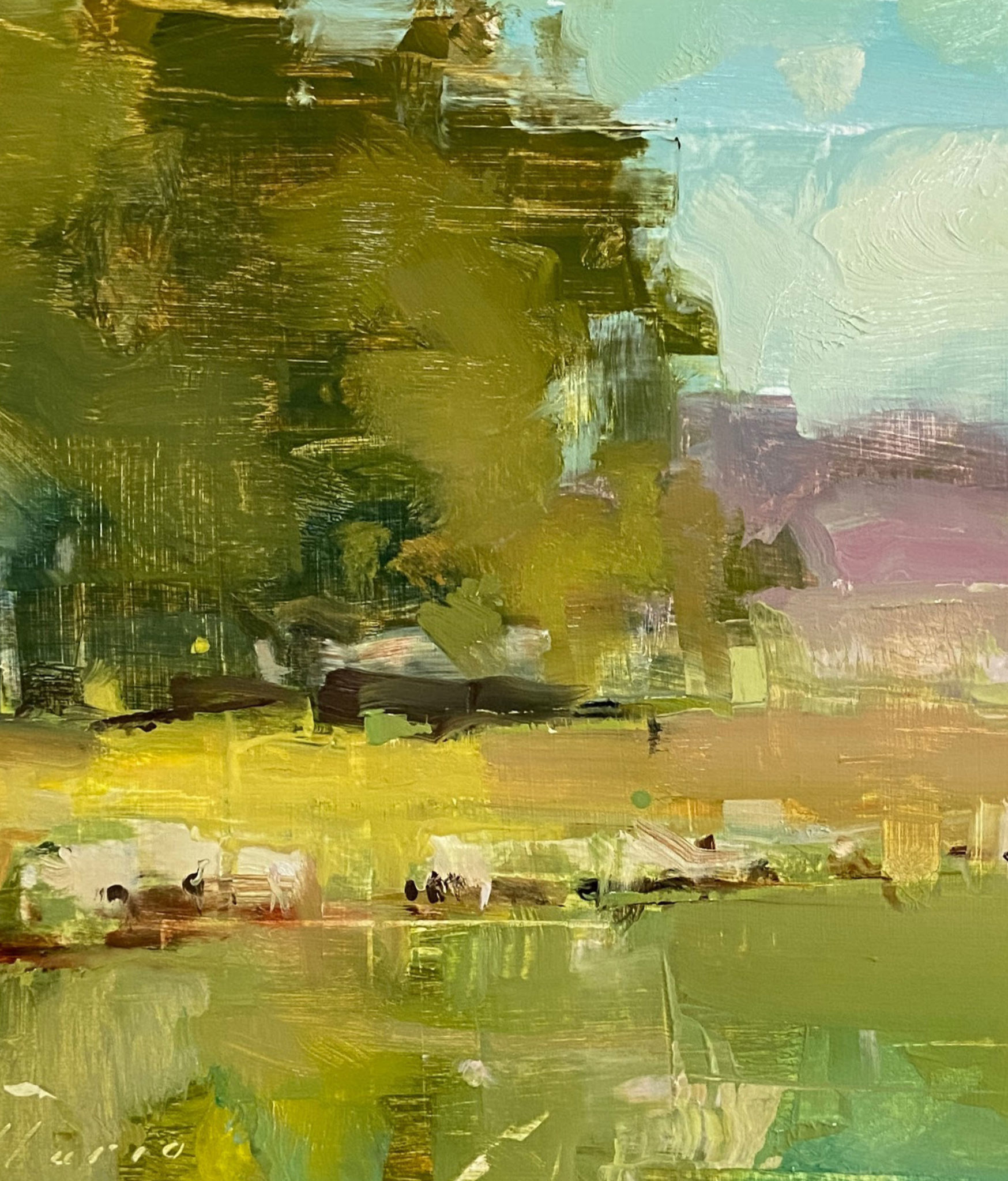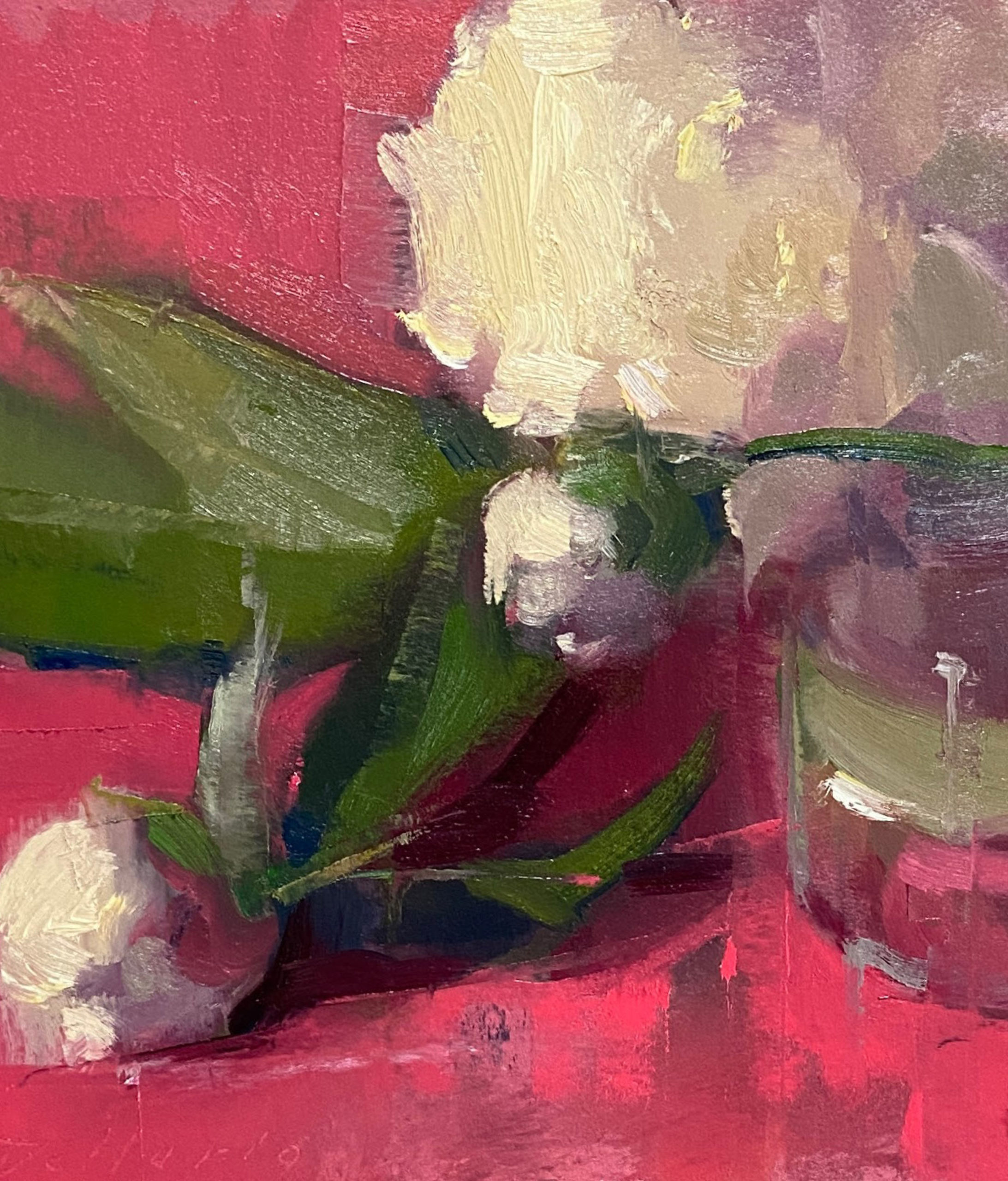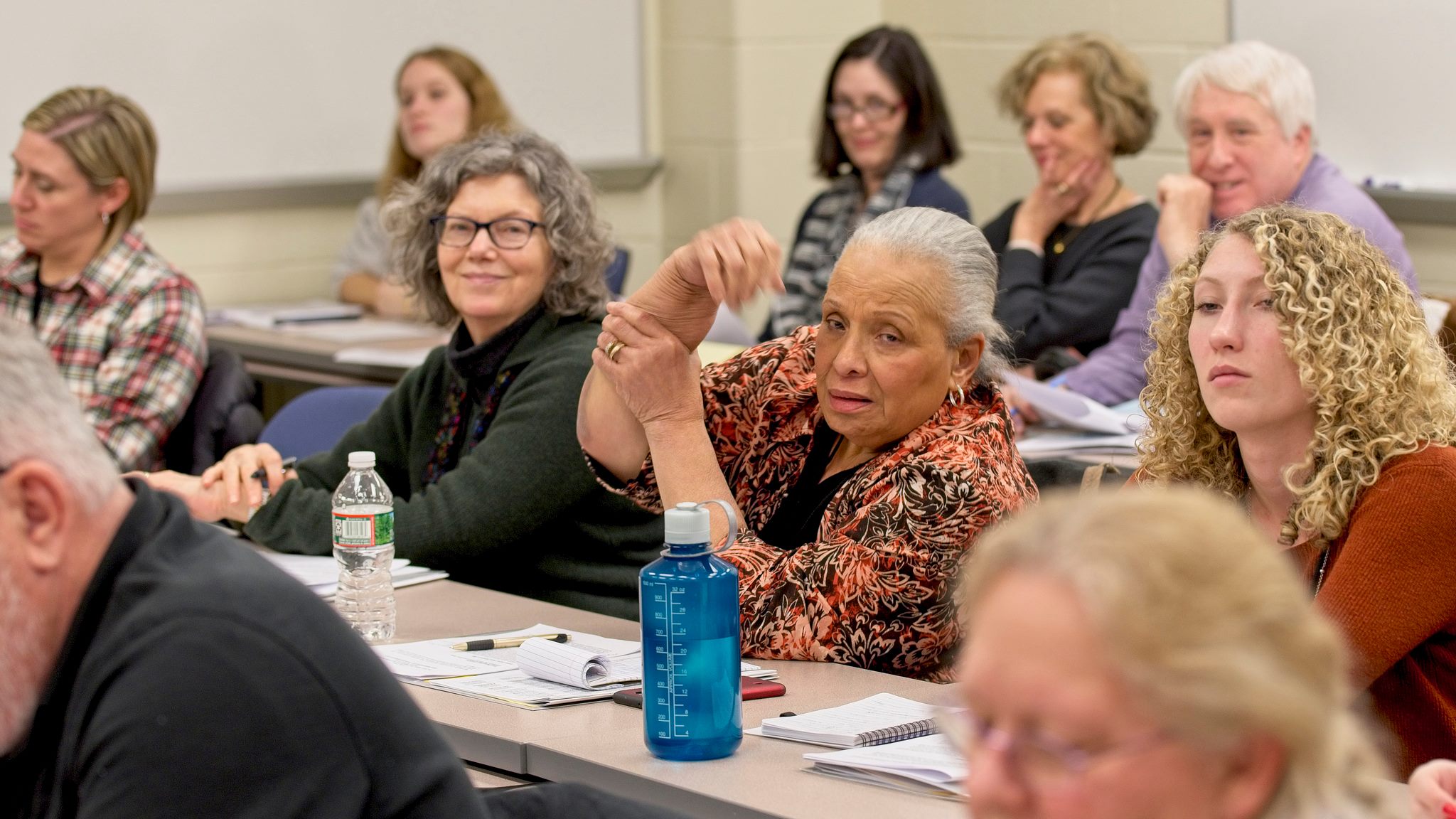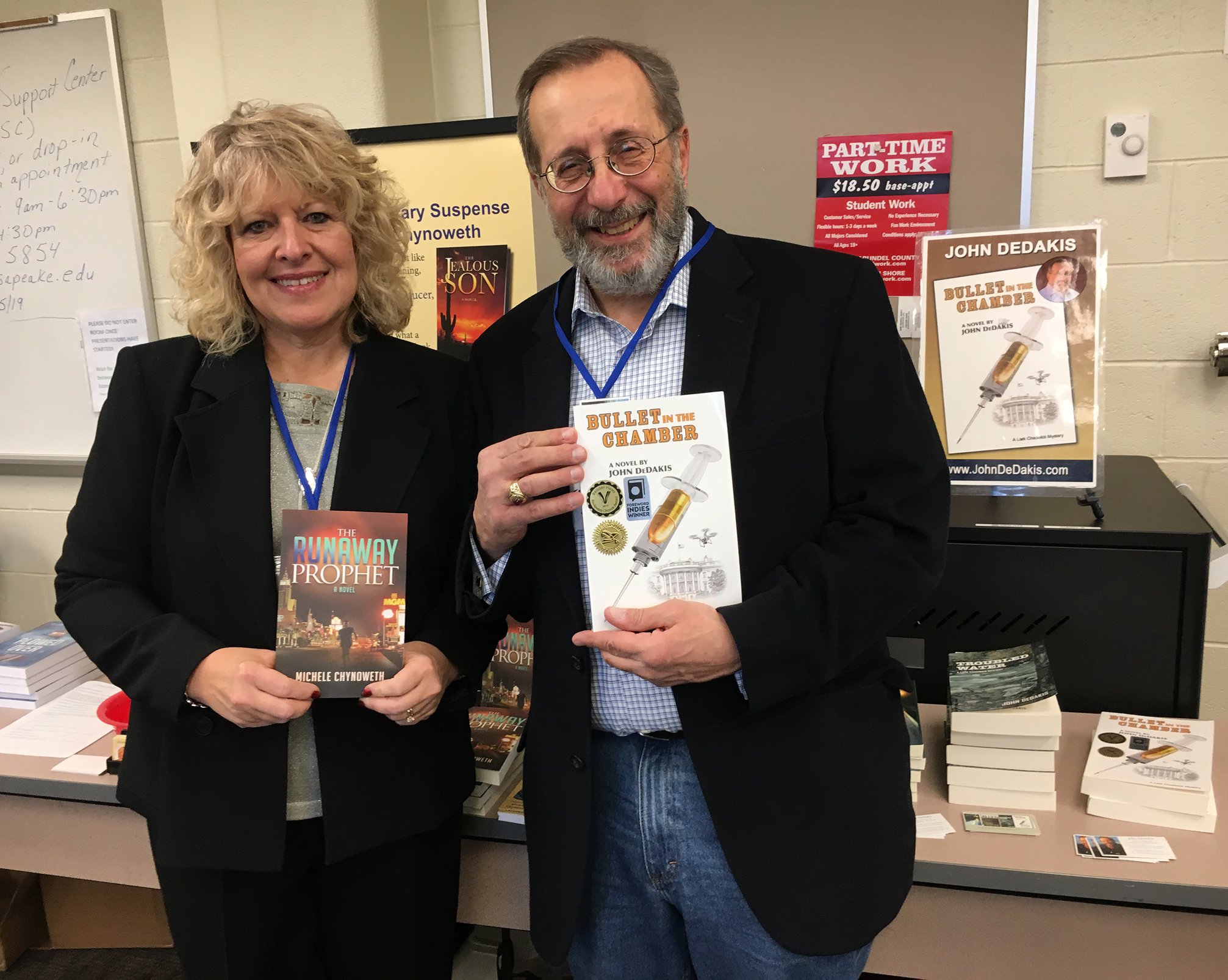The play will be staged in the Talbot County Historical Society garden, providing an immersive experience with the garden transforming into the Kowalski’s apartment. Performances will be held in the evenings, with shows starting at 7 PM to avoid the heat of the day and programs printed on hand fans to keep the audience cool.
Storm is particularly excited about integrating this classic play into the Plein Air festival, enhancing the outdoor cultural offerings. Additionally, the Factory will present “The Ballad of Jesse Devereaux,” an original radio play at the plein air kickoff party, featuring live musical accompaniment and sound effects, creating a unique and engaging experience for attendees.
This video is approximately seven minutes in length.
Performances will be outside, light refreshments will be available. Tickets are available now and can be purchased here.
Performance Dates:
July 12, 2024 at 8 PM
July 13, 2024 at 7 PM
July 14, 2024 at 7 PM
July 19, 2024 at 7 PM
July 20, 2024 at 7 PM
July 21, 2024 at 7 PM
Venue:
Talbot Historical Society Gardens at 30 S.Washington St, Easton MD 21601
Tickets will also be available for purchase at the door.




